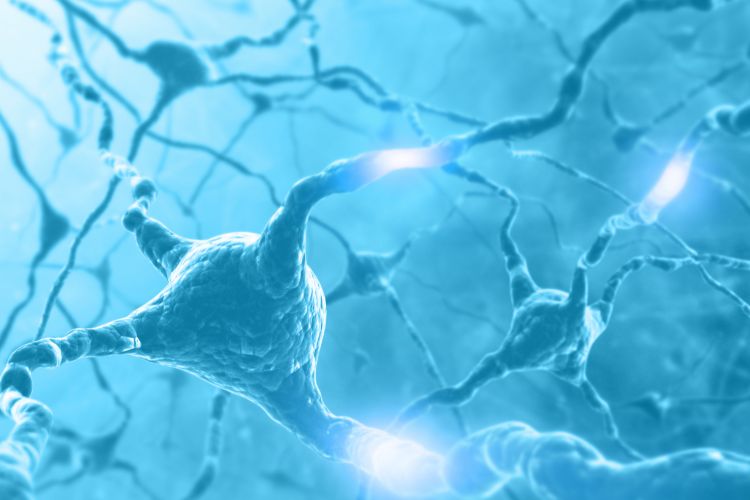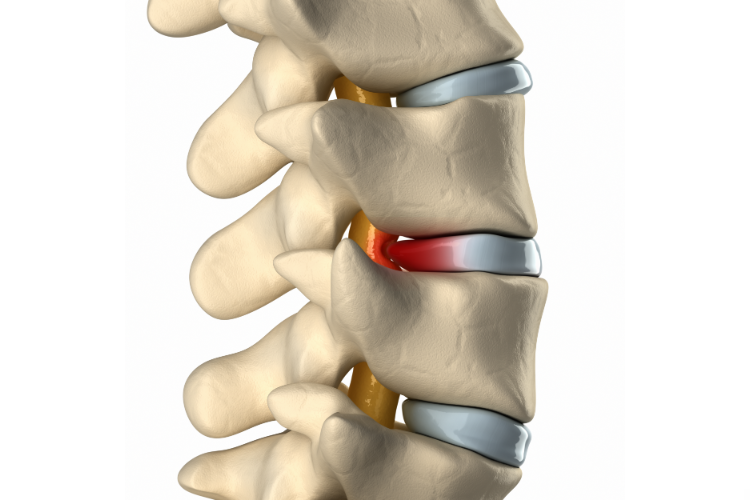Cauda Equina Syndrome (CES) is a rare but serious neurological condition caused by compression of the cauda equina—a bundle of nerves located at the lower end of the spinal cord. This syndrome can lead to severe lower back pain, loss of sensation, muscle weakness, and even bowel or bladder dysfunction.
While surgical intervention is often required to decompress the nerves, complementary treatments, such as upper cervical chiropractic care, may provide additional support for nerve health and recovery.
Dr. Lisa Olszewski from Precision Spinal Care in Chelsea, MI, discusses how upper cervical chiropractic adjustments may contribute to managing symptoms and improving the overall health of the nervous system.
Understanding Cauda Equina Syndrome: A Neurological Emergency
The cauda equina is responsible for sending and receiving signals between the brain and the lower body, including the legs, bladder, and bowel.
When this nerve bundle becomes compressed due to conditions such as herniated discs, spinal stenosis, tumors, or trauma, it can result in:
- Severe lower back pain
- Weakness or numbness in the legs
- Loss of reflexes
- Bladder or bowel incontinence
- Sexual dysfunction
CES requires immediate medical attention to relieve pressure on the nerves and prevent permanent damage. While emergency care is essential, ongoing treatments are often needed to manage residual symptoms and support the healing process.
How Upper Cervical Chiropractic Fits Into the Recovery Process
The Upper Cervical Connection to Spinal Health:
The upper cervical spine, particularly the atlas (C1) and axis (C2) vertebrae, plays a critical role in the overall health and function of the spinal cord and nerves. Misalignments in this region can interfere with the central nervous system’s ability to communicate effectively, potentially exacerbating symptoms and hindering recovery.
Corrective Adjustments for Improved Communication:
Upper cervical chiropractic care focuses on realigning these key vertebrae, reducing stress on the spinal cord and improving the nervous system’s function. While adjustments cannot directly decompress the cauda equina, they may enhance the body’s ability to heal and adapt by optimizing the central nervous system.
Potential Benefits of Upper Cervical Chiropractic for CES Patients

Enhanced Nervous System Function:
By ensuring proper alignment in the upper cervical spine, chiropractic care supports the entire nervous system. This can promote better communication between the brain and body, aiding in the recovery of functions impacted by CES.
Holistic Pain Management:
Upper cervical adjustments may help alleviate secondary pain and discomfort caused by compensatory muscle tension or postural imbalances, which are common in individuals with spinal nerve compression.
Support for Overall Recovery:
Improved spinal alignment can enhance circulation, reduce inflammation, and support the body’s natural healing processes, all of which are critical for CES recovery.
The Holistic Approach to Managing Cauda Equina Syndrome
Combining Chiropractic Care with Medical Treatments:
Upper cervical chiropractic is not a substitute for the emergency medical or surgical interventions required for CES, but it can be an effective complementary therapy. When integrated with physical therapy, medication, and other rehabilitative approaches, chiropractic care offers a more comprehensive recovery plan.
Addressing Postural and Functional Issues:
Many individuals with CES develop compensatory movement patterns or postural imbalances due to nerve damage. Upper cervical care can help correct these issues, reducing stress on the spine and promoting long-term mobility.
What to Expect from Upper Cervical Chiropractic Care
Patients seeking upper cervical chiropractic care for CES-related symptoms can expect a thorough evaluation, including a review of their medical history and any imaging results. Dr. Olszewski tailors treatment plans to each patient’s unique needs, focusing on gentle, precise adjustments that restore alignment without causing strain or discomfort.
It’s important to note that chiropractic care for CES patients is approached with caution and a focus on overall spinal health, rather than direct treatment of the cauda equina.
Precision Spinal Care: Supporting Spinal Nerve Health
At Precision Spinal Care in Chelsea, MI, Dr. Lisa Olszewski and her team are dedicated to helping patients improve their spinal health and overall well-being through specialized upper cervical chiropractic care.
Serving Dexter, Grass Lake, Ann Arbor, and surrounding communities, they offer a personalized approach to care that focuses on restoring alignment and supporting the nervous system.
If you’re recovering from Cauda Equina Syndrome or dealing with residual symptoms, consider exploring the benefits of upper cervical chiropractic care as part of your comprehensive recovery plan.
Contact Precision Spinal Care to learn more about how targeted spinal adjustments can enhance your recovery journey and improve your quality of life.
Medical Disclaimer:
This content is for informational purposes only and is not intended as medical advice, diagnosis, or treatment. Always consult your physician, chiropractor, or other qualified healthcare provider regarding your condition. Never disregard professional medical advice or delay in seeking it because of something you have read here.




